Portraiture Photography Class Shifts Focus During COVID-19 Pandemic
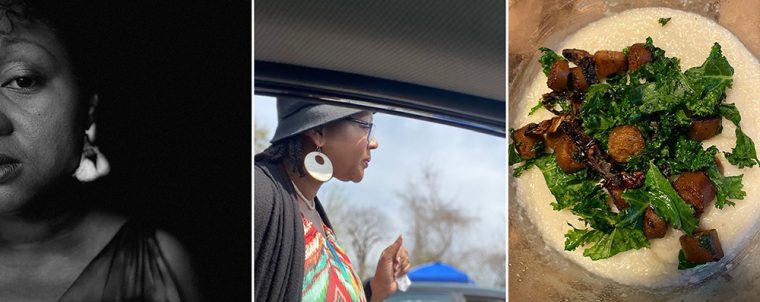
This spring, Graduate Liberal Studies student Kristen Cardona enrolled in her first-ever photography course, ARTS 613: Studies in Portraiture and Self-Portraiture. While learning how to better use a camera, she practiced taking images of herself, family, friends, and neighbors.
Heading into early March, the assignment was to photograph strangers.
And then the coronavirus pandemic struck the nation. All Wesleyan courses moved to an online format.
“This threw a huge curve ball! Obviously we couldn’t finish photographing strangers,” said Cardona, who is the program coordinator for continuing studies at Wesleyan. “People are scared. Simple requests to take a photo seem to be more pressure than many people are comfortable with during these trying times of quarantine. That shift was obvious during the semester.”
Consequentially, Cardona and many of her classmates shifted their efforts back to self-portraits. And in-person classes were rescheduled via Zoom on Wednesday evenings.
The course instructor, Marion Belanger, visiting assistant professor in liberal studies, encouraged the class to push their own boundaries and make pictures that reflected their own reality, including documenting life in quarantine.
“I told them to disregard the syllabus, and to just photograph their everyday,” Belanger said. “Documenting the everyday is also useful when photographers feel like they are in a creative limbo, or blocked in some way. I thought this could be a way to move through the fear and disruptions. How could something so dire and devasting be ignored?”
Belanger expected that each student would end the class with a cohesive body of photographs.
“Sometimes creativity thrives under restrictive requirements, and I am very impressed that each student has continued to push their photographic boundaries despite such confinement,” she said. “Some work is very much about the transition to the epidemic and I’ve seen themes of loneliness, fantasy, family portraits at home, portraits at a distance, and masked portraits.”
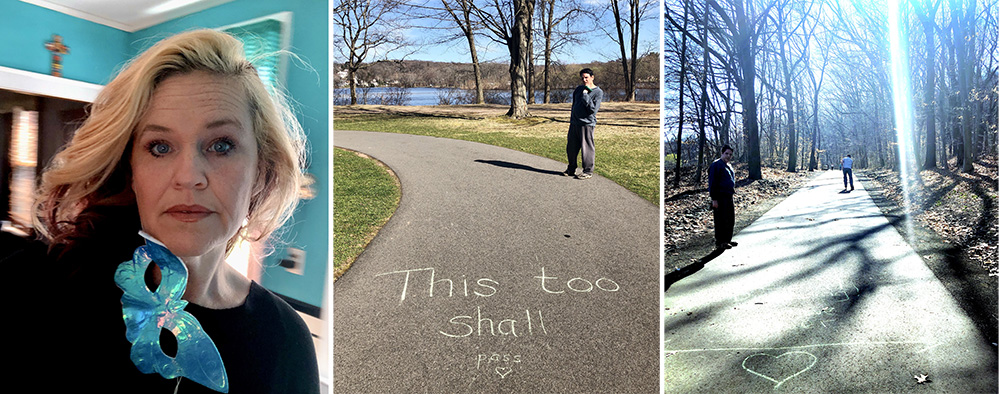
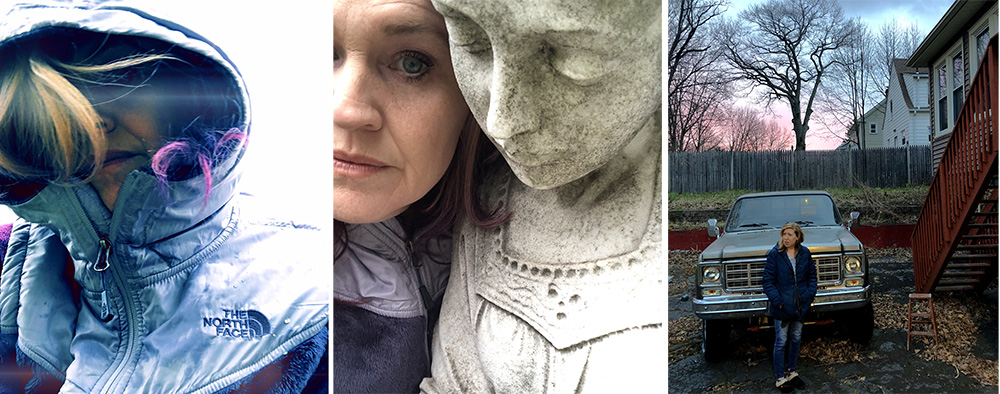
Frazer asked her son if she could take his senior pictures as her final class project. He politely refused, noting that barber shops are closed.
Despite the challenge of being home, Frazer says she’s gotten creative in her home taking pictures. “I’ve used filters and depth of field to blur out or remove backgrounds from photos. I have taken a variety of pictures from food to nature to everyday life to being all dressed up with literally nowhere to go, just trying to capture the feeling and gravity of this time that we’re in.”
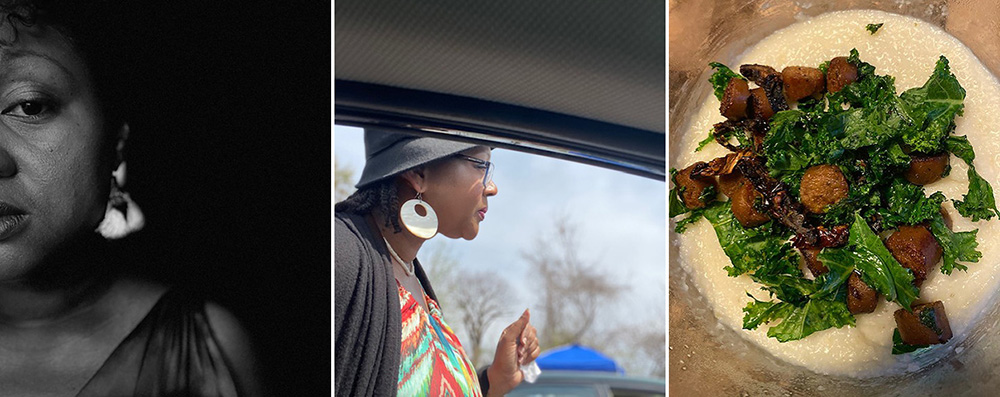
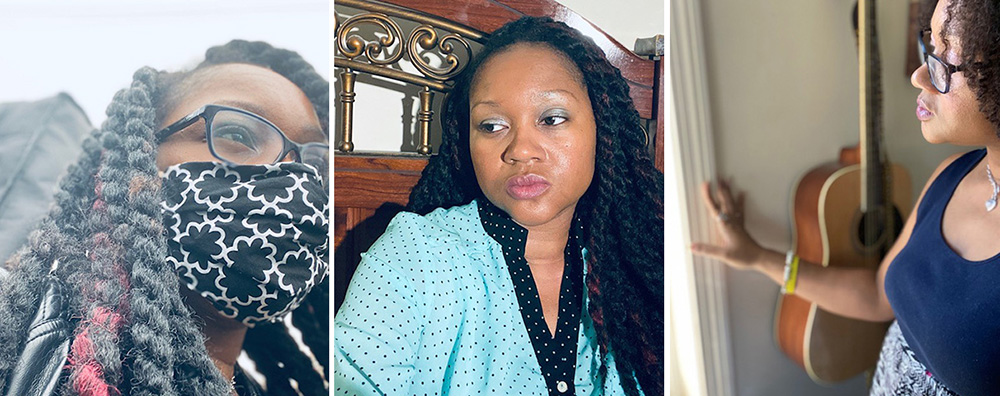
Lifelong photography enthusiast Heather Brooke, executive assistant to the president, began the semester photographing close-up portraits of family and friends. She had recently started a “strangers of IKEA” series when the pandemic led to the temporary closing of the home-furnishing retailer.
“I planned to do that project pre-COVID-19, so I had to pivot back to my close portrait work, with photos of loved ones wearing masks instead,” Brooke said. “I’d do these shoots outdoors, complete with social distancing.”
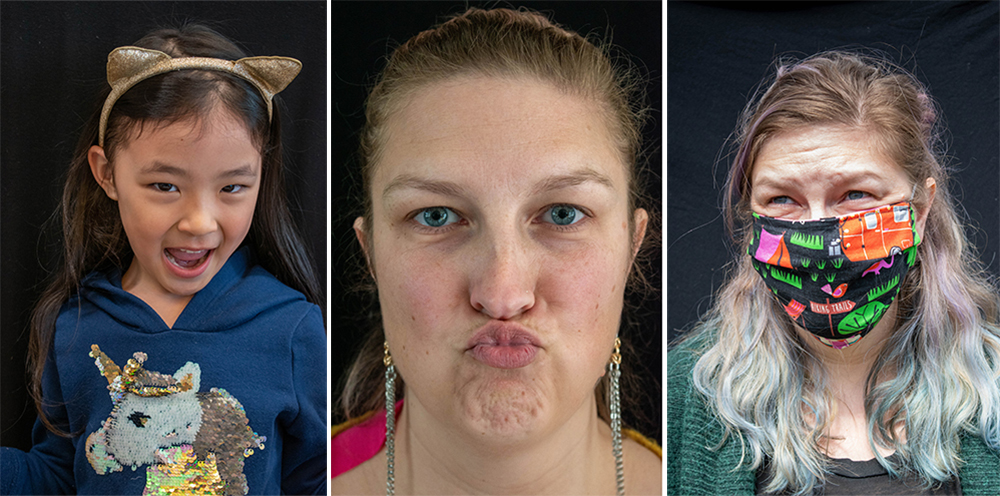
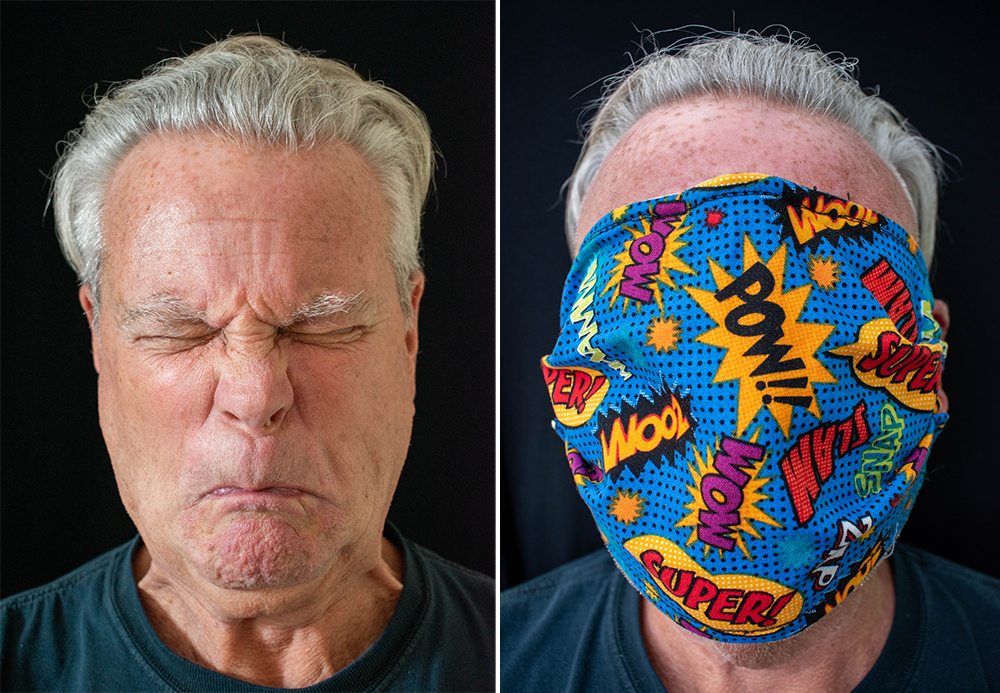
Ali McFadzen, department assistant for the Financial Aid Office, has 10 years of experience behind a camera. Prior to the COVID-19 pandemic, her photography focused on landscapes, nature, and the environment. Ventures outside before sunrise were common. Photographing while living in isolation, however, was something she had no experience with whatsoever.
With the COVID-19-influenced environment and imposed social distancing, she turned to creative self-portraits focused on the impact and emotions of self-isolation.
“Having never photographed people, let alone self-portraits, it has been a challenge to get comfortable on the other side of the camera,” she said.
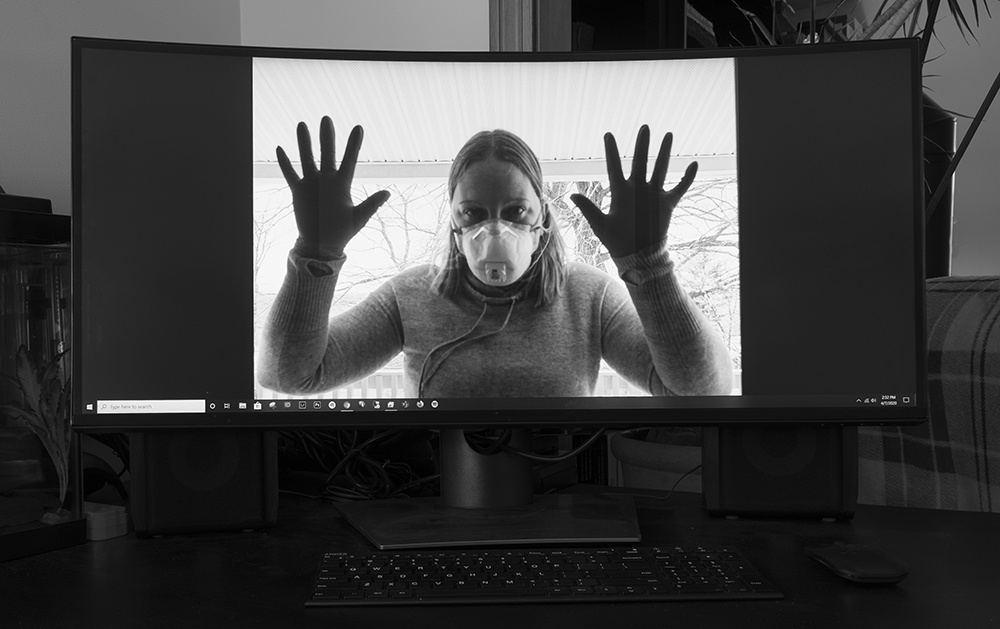
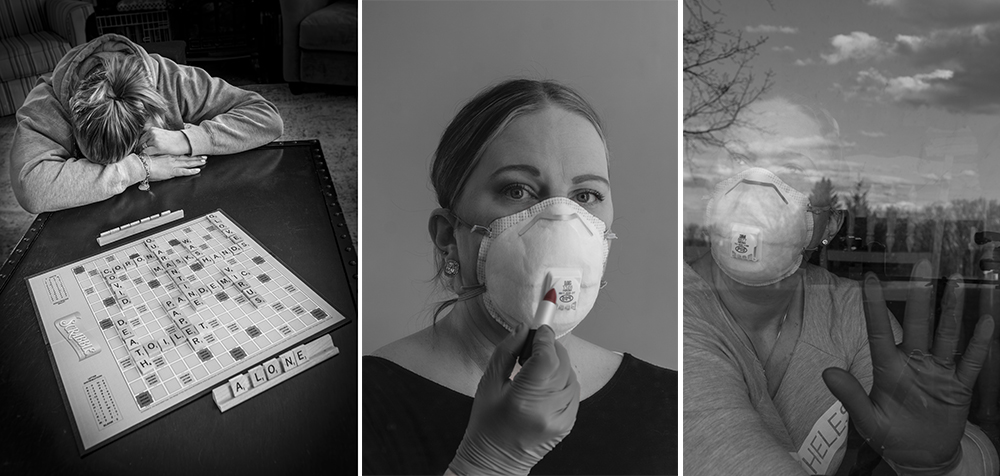
Prior to social distancing, Kelly Anderson, marketing and outreach coordinator for Graduate Liberal Studies, preferred to photograph other people, but now she’s become her own main subject.
“I also explored how we can use art as an escape when the rest of the world feels like too much,” she said.
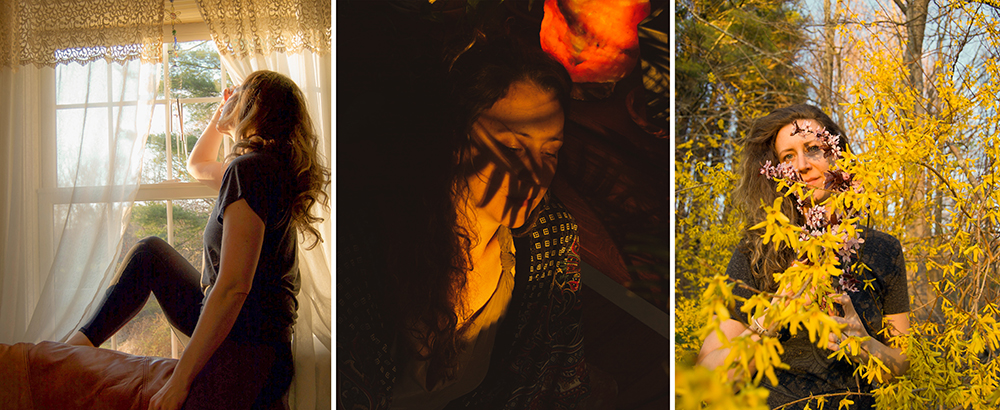

More information about Wesleyan’s Graduate Liberal Studies program is available online.

